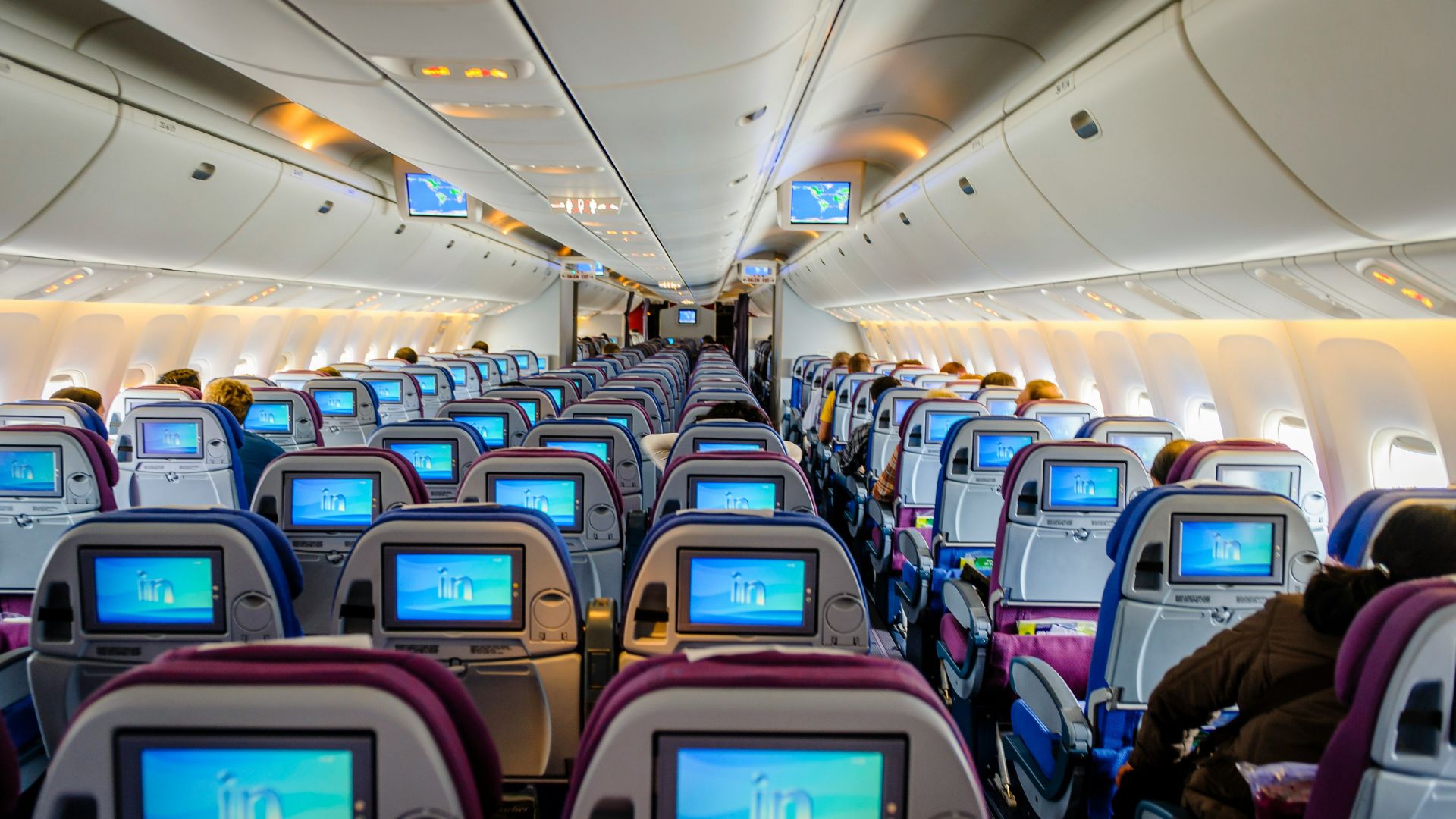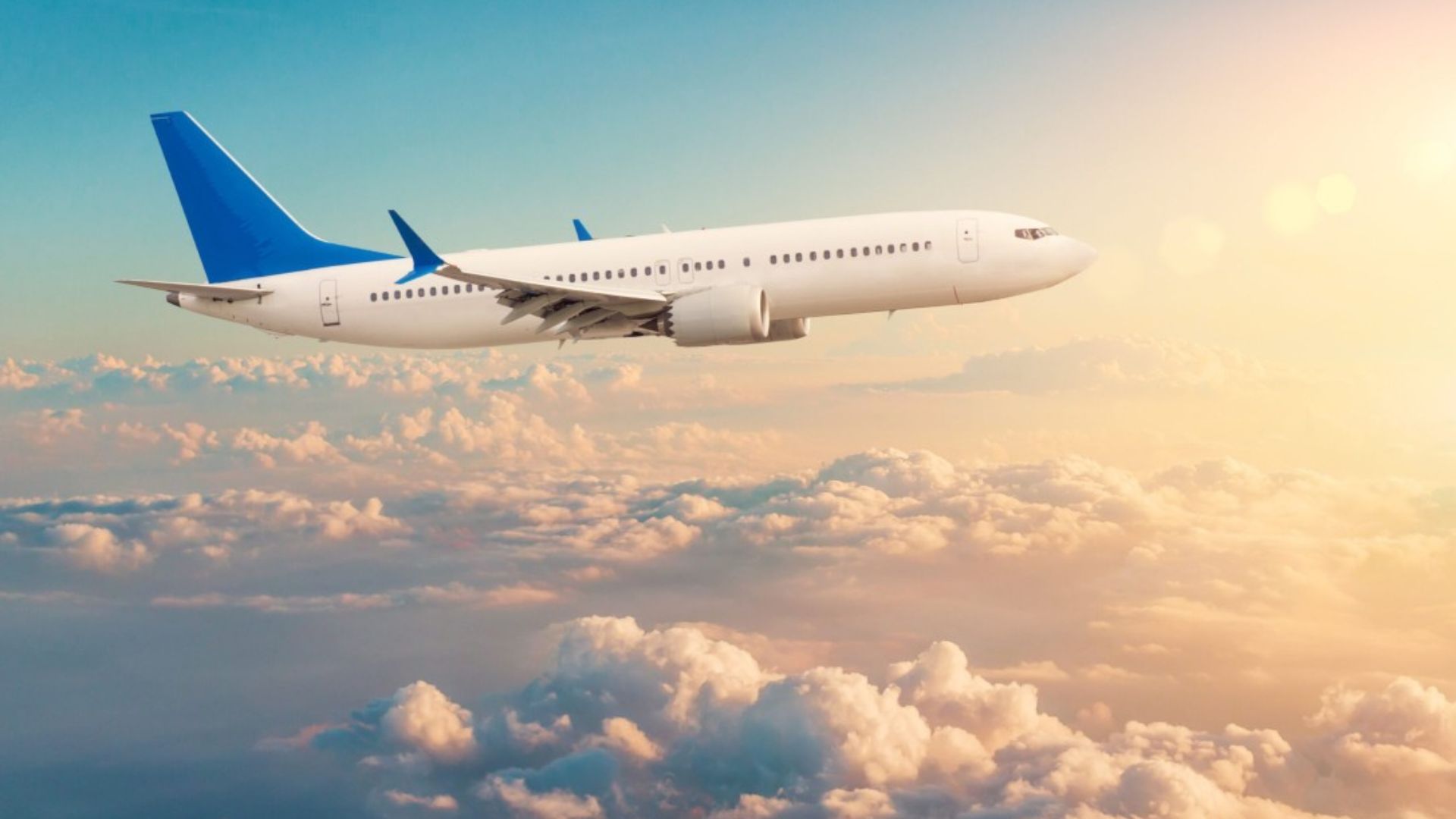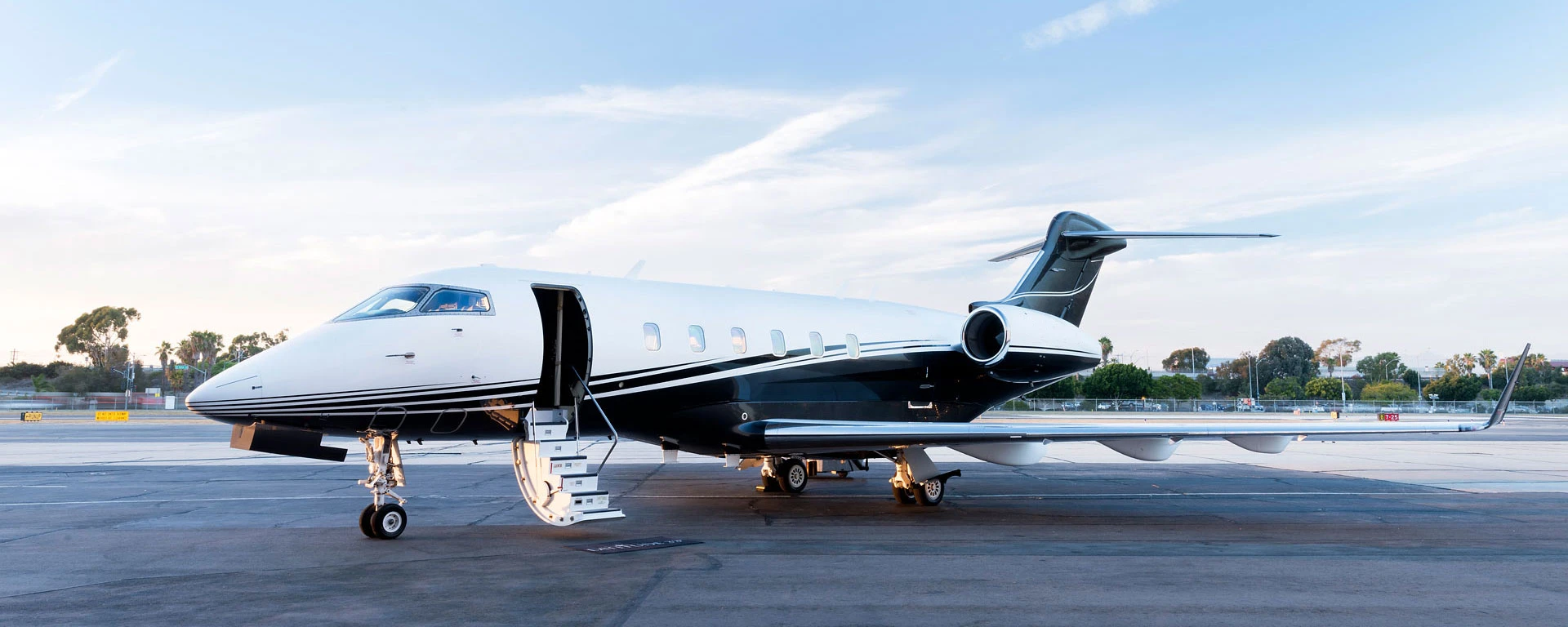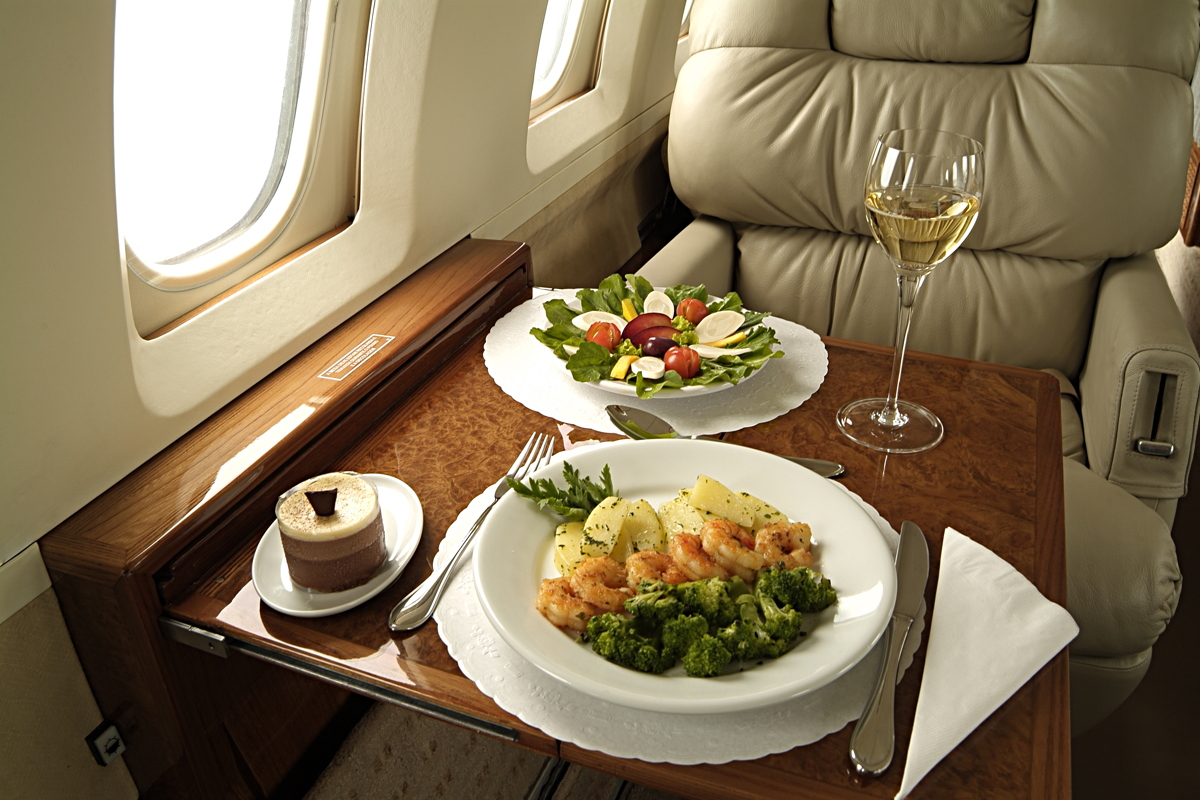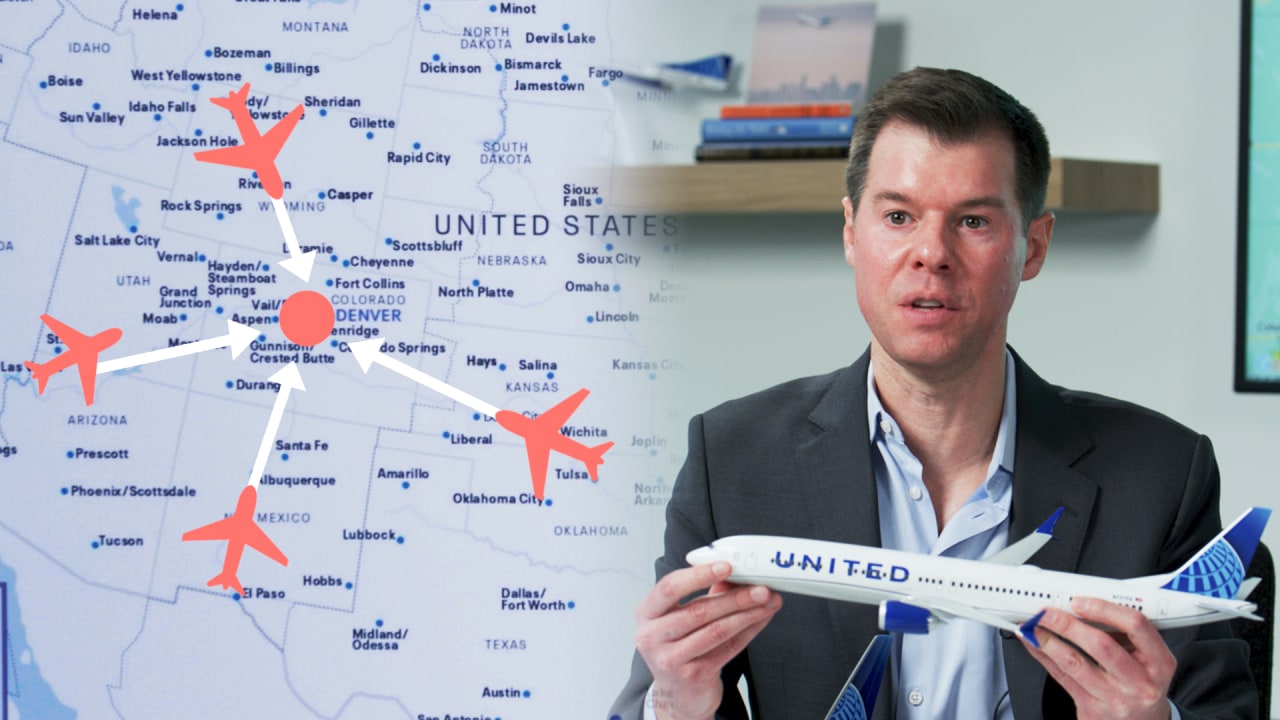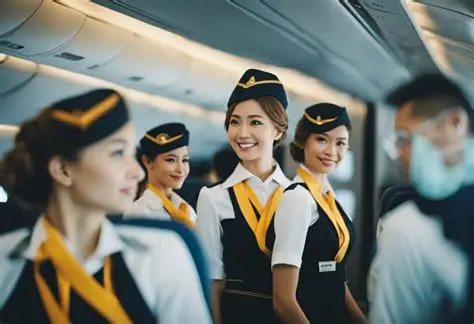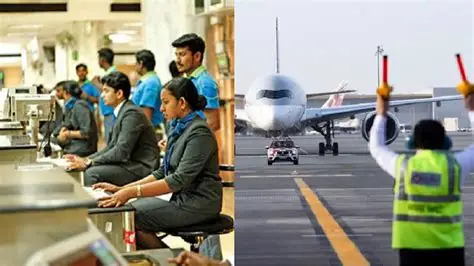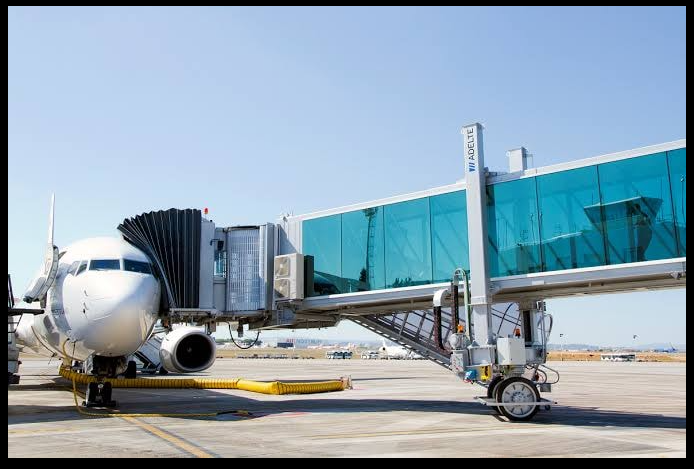When the independent aviation safety rating website AirlineRatings.com published its annual safety rankings for 2025, it evaluated 385 carriers based on factors like incident history, fleet age, pilot proficiency, certification audits, and financial stability. Below are the top five full‑service airlines in the world that earned the highest marks—and what sets each apart.
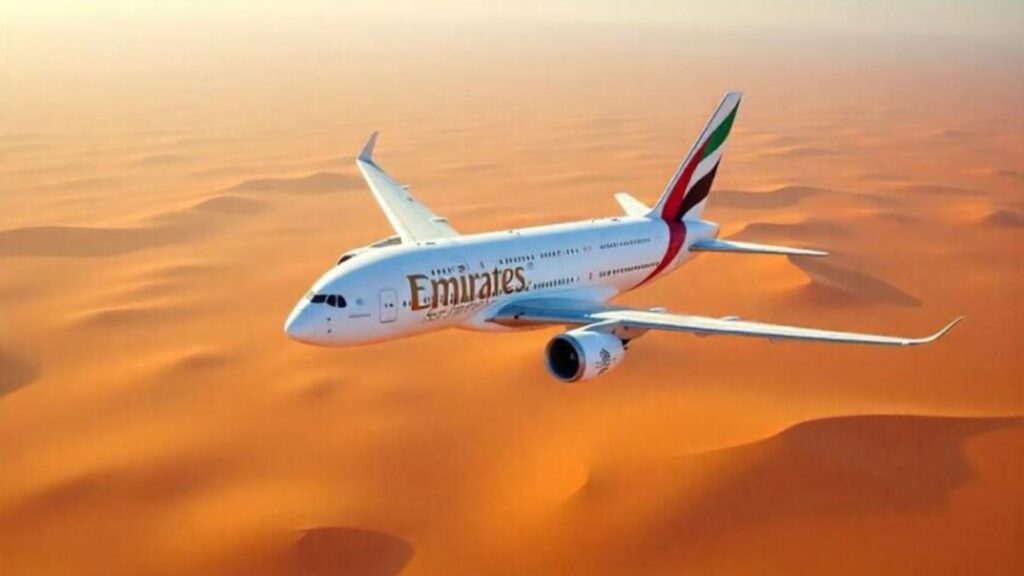
Air New Zealand
Ranked #1 in the world for safety in 2025, Air New Zealand stands out for maintaining a younger fleet, rigorous training programs, and a spotless recent incident record. In fact, it achieved top ranking for the second consecutive year, narrowly beating its Australian competitor by just 1.50 points. For passengers, this means the airline is continuously renewing aircraft, investing in maintenance, and keeping safety culture at the centre.
Qantas Airways
Qantas claimed the second spot globally. Its long‑standing reputation for safety underpins this high position, thanks to intense pilot training, strong operational audits, and consistent performance—even if its fleet is marginally older than the leader’s. For frequent flyers, choosing Qantas offers confidence grounded in decades of safety leadership.
Cathay Pacific Airways
Cathay Pacific Airways, based in Hong Kong, ranks among the safest airlines in 2025 due to its strong regulatory compliance, disciplined operations, and modern aircraft. Operating in a region with dense air traffic and frequent long-haul routes, Cathay Pacific has built a robust safety management system that supports its global network.
The airline’s emphasis on professional development for crew and technical staff, as well as frequent internal audits, demonstrates its commitment to proactive safety management. Cathay Pacific’s efficient coordination with international aviation authorities ensures that it remains compliant with evolving global safety standards.
Qatar Airways
Qatar Airways continues to impress with its disciplined safety approach and fleet innovation. With one of the youngest and most technologically advanced fleets in the world, the airline prioritises passenger safety through modern design and engineering. Its aircraft are equipped with the latest navigation, monitoring, and safety systems, allowing for optimal operational control.
The airline places significant focus on crew training and preparedness, with simulation-based exercises and regular performance evaluations. Qatar Airways also excels in maintaining operational consistency across a vast global network, which adds to its credibility as a safe and dependable international airline.
Emirates
These three airlines shared a tie for 3rd place in the 2025 safety rankings. Each demonstrated identical scores across key metrics such as fleet reliability, incident rates, pilot training, and certification compliance. Cathay Pacific brings a strong Hong Kong‑based safety culture; Qatar Airways offers a modern fleet and rigorous oversight; Emirates invests heavily in fleet renewal and maintenance. Together, they form a solid “safety tier” for travellers seeking world‑class assurance.
What These Airlines Have in Common
Although each airline brings its unique characteristics, several shared features underpin their safety success:
-
Fleet Modernity: Younger aircraft typically mean fewer structural issues and greater compatibility with the latest safety technologies. For Air New Zealand, fleet age tipped it into first place.
-
Incident & Accident Track Record: All five have strong records, with minimal or no major accidents in recent years—an essential factor in the ranking methodology.
-
Pilot Training & Certification: Mandatory high‑standard training, regular checks, and compliance with IOSA (IATA Operational Safety Audit) standards contribute heavily.
-
Operational Audits & Governance: External audits by aviation authorities and independent auditors assess everything from maintenance to emergency procedures.
-
Financial and Operational Stability: The ranking factors in the airline’s profitability and capacity to invest in safety, as financial distress can compromise maintenance and training.
Why This Matters to Passengers
Understanding these safety rankings isn’t just about bragging rights—it has real implications for travellers:
-
Peace of Mind: Flying with a top‑rated carrier reduces anxiety and increases confidence, especially on long‑haul or unfamiliar routes.
-
Better Reliability: While safety ≠ punctuality, airlines that prioritise safety often maintain stronger overall operational processes.
-
Informed Choice: With many airlines operating globally, choosing those ranked highest can help travellers make smarter decisions based on safety, not just price.
Final Thoughts
While many airlines around the world meet high safety standards, being recognised among the top five is a meaningful distinction. These carriers demonstrated exceptional performance across multiple indicators in 2025—offering passengers not just travel, but travel with assurance.
For anyone planning a flight in 2025, considering these safety‑ranked airlines can add value beyond seat comfort or price. Safety, after all, never goes out of style.

